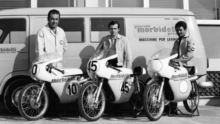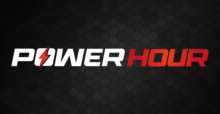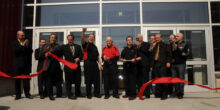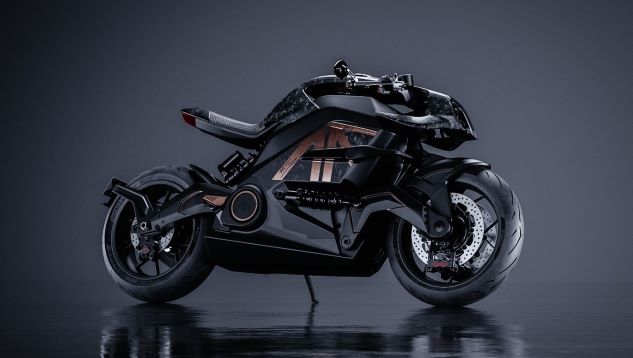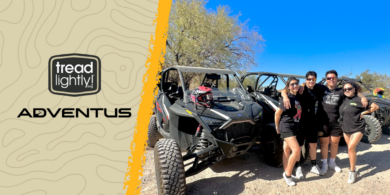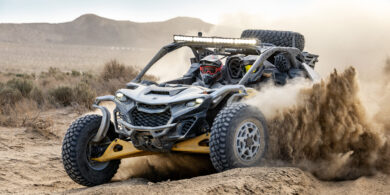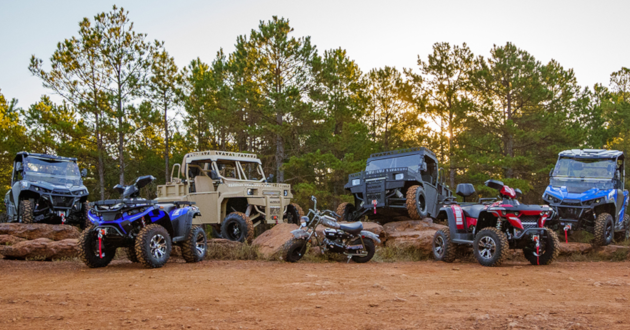Profit from the 800-lb gorilla
 Within our industry, we talk of danger and death in hushed tones. The specters of injury and loss of life constantly loom over us. For better or worse, it’s part of our lifestyle, and we’ve all been touched by tragedy at one point or another. Like whistling past the graveyard, we often brush aside the harsh realities of danger, pretending it will never happen to us or our customers.
Within our industry, we talk of danger and death in hushed tones. The specters of injury and loss of life constantly loom over us. For better or worse, it’s part of our lifestyle, and we’ve all been touched by tragedy at one point or another. Like whistling past the graveyard, we often brush aside the harsh realities of danger, pretending it will never happen to us or our customers.
But it does, and it will. It’s the 800-pound gorilla in the room. We know it’s there, but we fear addressing it will cause customers to flee. So we tend to ignore it rather than tackling head-on what is a serious problem in our industry. Ironically, when we do take on the issue of safety, it not only helps our customers, it also helps our business.
As Mark from North County’s House of Motorcycles once told me, “By not addressing these issues, we are killing our own sport.”
Mark was on a quest to promote track days in the dealership — not only to build his brand, cement relationships with customers, etc. — but to literally save his customer base. “There was a whopping three deaths last year between every track day and every amateur race nationwide,” he said, “which makes motorcycle tracks the safest adrenaline sport in the world. You’re statistically more likely to be killed driving your truck to the track than while on it.”
Every day, Mark watched inexperienced Squids buy 400-pound rockets, attempting to imitate Valentino Rossi on public roads. By promoting track days, NCHM could celebrate the thrill of high-performance bikes while improving riding skills in a safe, legal environment. “Even when a street crash isn’t fatal, it often results in the customer leaving the sport forever,” Mark would exclaim, and it’s true. One way or another, that 800-pound gorilla kills our sport.
Besides promoting racetracks and rider training, dealerships significantly benefit by educating their customers on proper gear. This is one area where many dealers fall short. How deep is your stock of riding apparel? Is your gear only catered toward one demographic (sport bike, dirt bike, cruiser only, male only)? How well trained is your retail staff? Can they intelligently explain what a malleolus bone injury is and how to prevent it? Do they understand the differences between Snell testing and DOT-only? How about polycarbonate versus fiberglass? Do they know how to properly fit a rider, so the equipment not only looks good but is effective? Do they fall short when speaking to a Harley rider, selling fashion instead of proper safety apparel? How about the benefits of a back protector or UV eye protection? Without solid inventory and well-trained staff, you’ll never effectively benefit your customers or bottom line.
Safety gear takes a different level of salesperson than T-shirts do, but the results are dramatic. For example: one $699 helmet produces as much revenue as selling 35 T-shirts, and you’d have to sell more than 21 T-shirts to match the profitability of that one lid. Most importantly, the helmet buyer will be safe and comfortable, happily coming back for another one should he be caught in an unfortunate accident. We all know the importance of customer retention, and an accident can permanently cost you your customer, either because they become scared, fed-up, or worse.
Be sure and cater to the specific major units you sell. If you sell V-twins, stock cruiser gear — and not just leather vests and bandannas. Educate your cruiser riders that safe, quality gear doesn’t require a sacrifice in comfort or style. A V-twin rider wearing a good mesh jacket is nearly always more comfortable than the guy in the tank top, even on a hot day. But explaining that fact to a typical cruiser buyer takes experience, training, skill, and most importantly, having gear in stock.
Last piece of advice: Get the riding apparel sold at up-fit. Very few riders have money burning a hole in their pocket for quality gear. If you don’t equip a customer on the day they purchase their new bike, the chance of securing that gear sale is reduced by 80 percent. Not only do most riders struggle with those high out-of-pocket costs, but if they do make the purchase, it will be from an online wholesaler, not you. At up-fit, you can package the gear with the bike, costing the customer just a few bucks monthly. During the major unit purchase, you have the customer’s full attention, so take the opportunity to educate them about proper gear for their style of riding. Don’t settle for the “Just sell me the cheapest helmet”nonsense. Express to your customers how their comfort and safety is your number-one concern and you won’t let them settle for inferior equipment.
The high-end sport bike market understands the value of proper gear better than most. Ask a good Ducati or BMW dealer where their profits lie, and they’ll smile. They’ve cracked the code of providing excellent gear with passionate and educated salespeople. The $700 perforated and armored Vanson jacket I purchased at Pro-Italia is a perfect example. Was it expensive? Absolutely. But over the past couple of years it’s seemed like a better and better value every day, looking good no matter what I’m riding.
Long-distance touring riders will tell you; proper gear makes the difference between an adventure and an ordeal. Make that philosophy core to your sales process, and you’ll dramatically increase profits while securing your customer base — and your sport — for the future.
Ride On,
-CC
Chris Clovis has had the honor and pleasure of 25 years in the powersports industry, currently serving as vice-president of Eaglerider Motorcycle Sales. This article is dedicated to the memory of John Matherson, founder of Mission Motorsports in Irvine, Calif. Chris has John to thank for his amazing family, as it was an event at Mission where he met his wife and best friend Nicole 10 years ago. Chris’ opinions are his own, and do not necessarily reflect those of his employer, publisher, or clients. Chris lives in Los Angeles with his family. Visit www.chrisclovis.com for more information.

